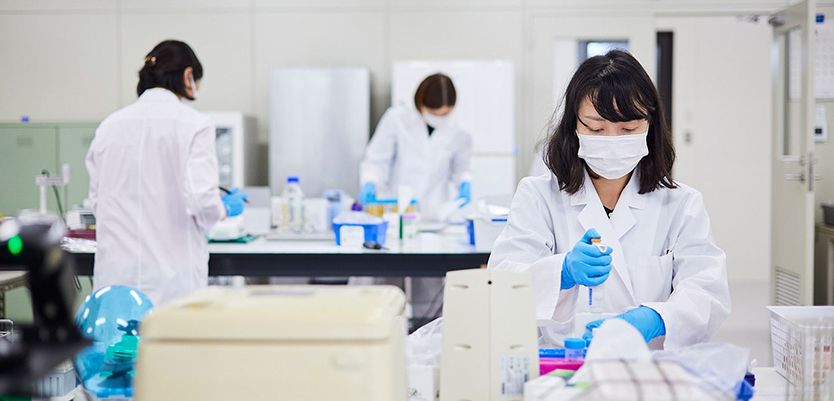After this comprehensive, multidisciplinary assessment, we help a company decide if the available (or future) clinical data could “move the needle” of clinical benefit far enough to support a BTD request. Regulators focus on how persuasive the data are—and this is both compound- and program-dependent.
At Parexel, we encourage companies to float the possibility of BTD with the FDA early if their drug shows potential for eligibility. For example, for some drugs, we recommend including a question about BTD for discussion at the pre-IND meeting. We advise clients to ask FDA if it would be reasonable to request BTD at a future time, based on a particular set of investigations and assuming there are data to support the anticipated advantages of the investigational product. In some instances, where there are no prior therapies or the clinical endpoints proposed to support clinical benefit are novel, the FDA may offer high-level feedback on the kind of information they would consider informative for a BTD request. If it is premature to ask this question, the agency will be frank about it.
Recently, one of our clients obtained FDA confirmation at the pre-IND meeting that it would be reasonable to seek BTD for its product, a reformulated version of an approved drug. The reformulation uses a new route of administration and treats a new patient population with a serious disease for which few rapidly acting and effective therapies exist.
The developer can consider the FT program if a drug is not yet eligible for BTD (or never will be). The evidentiary threshold for FT is lower than for BTD, and FT also comes with practical advantages such as frequent interactions with the FDA, increased opportunity for guidance, and other features to shorten FDA review of the marketing submission.
Getting BTD early is best, but it’s valuable at any time
Companies with drugs that receive BTD earlier in development have more interactions with the FDA over time and more opportunities to align on streamlined programs. As a result, they may shorten the development timeline.
However, BTD is not a guarantee of development speed or success. For example, companies developing precision medicines for rare diseases may need to conduct natural history studies or gather external control data. They may need to identify and validate genomic biomarkers, which requires developing assays and identifying laboratories competent to run testing. And they must recruit patients who may be scattered geographically. BTD will not reduce this essential workload.
More commonly, because of the nature of the clinical evidence needed to fulfill BTD criteria, BTD can only be obtained after Phase 2 of development. Getting BTD later in development is still valuable because it guarantees agency interactions and receipt of agency advice on improving the efficiency of drug development.
Contributing Expert
Understanding the available therapies for the target indication and how the investigational product is differentiated
Estimating the expected therapeutic effects of the investigational product and their clinical significance
Identifying the scope and nature of clinical evidence required for quantifying the magnitude and clinical meaningfulness of the product's effects
Analyzing the purported clinical effects of competitor drugs in development for the same target indication
